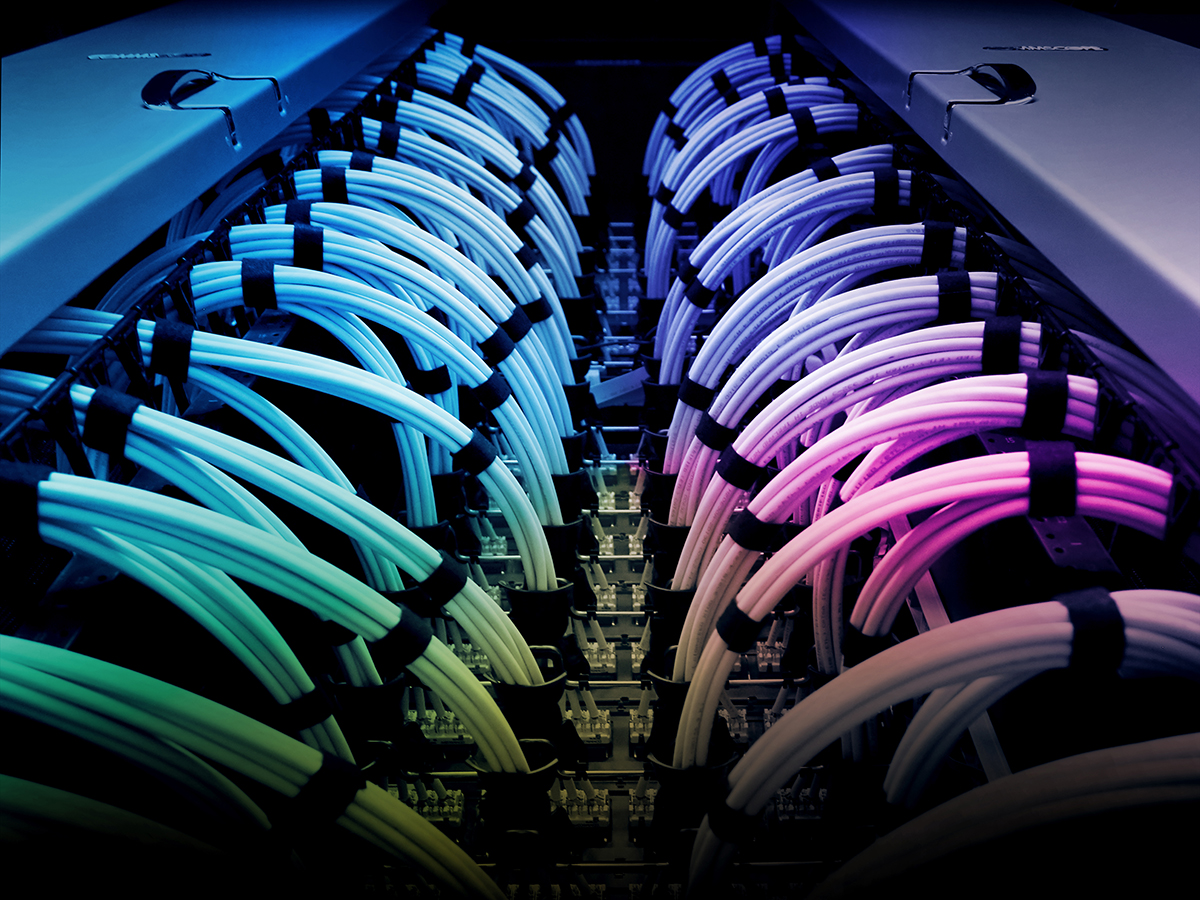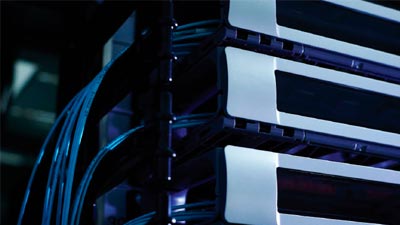 The Wireless Infrastructure Association (WIA) has published a white paper titled “The CBRS Opportunity” that explores how the Citizens Broadband Radio Service spectrum will help U.S. wireless carriers optimize traffic management on their networks. As well, the paper discusses how CBRS will enable neutral-host providers, cable and internet providers, and enterprises to manage their own wireless devices and traffic. The white paper also details the role of the Spectrum Access System (SAS) and the CBRS spectrum opportunity.
The Wireless Infrastructure Association (WIA) has published a white paper titled “The CBRS Opportunity” that explores how the Citizens Broadband Radio Service spectrum will help U.S. wireless carriers optimize traffic management on their networks. As well, the paper discusses how CBRS will enable neutral-host providers, cable and internet providers, and enterprises to manage their own wireless devices and traffic. The white paper also details the role of the Spectrum Access System (SAS) and the CBRS spectrum opportunity.
The Citizens Broadband Radio Service (CBRS) band includes 150 megahertz of spectrum in the 3.5 GHz band (3550 MHz-3700 MHz) that will be available to both licensed and lightly licensed users for applications ranging from the Industrial Internet of Things (IIoT) to fixed-wireless access and private LTE networks and beyond. In terms of the former, CBRS will benefit industrial and manufacturing operations by supporting emerging IoT applications involving sensors that constantly relay data about machine operations in factories and other automated systems to a control center. Specifically, relying on a local, secure, dedicated wireless network to control the delivery of machine data will be essential to the safe, cost-effective, and efficient operation of IoT-connected equipment.
Although mobile operators will likely be first to market to take advantage of offloading capability, many other players are expected to enter the space. For example, neutral-host providers will offer infrastructure-as-a-service to smaller enterprises. Larger enterprises will be able to develop their own private LTE networks where they can gain operational efficiencies that come from the greater capacity, quality of service, and security that is inherent in the LTE protocol.
It should be noted that the CBRS supplier ecosystem is already looking beyond 4G-LTE to explore 5G-NR opportunities. In fact, CBRS may be the first mid-band spectrum in the United States to observe 5G deployments at scale, with the industry promoting many innovative 5G use cases, including cloud gaming, extended reality, and healthcare. To be sure, many hospitals currently run separate dedicated networks to track equipment and people within their campuses. CBRS networks could eliminate some of the layers that are needed today in complicated deployments.
Put simply, CBRS will expand the value of mobile networks and enable a plethora of new use cases with an unlicensed and licensed spectrum regime. Indeed, as the CBRS market develops, lessons learned through network deployments will encourage adopters to invent new ways to communicate – whether by data or voice that were not initially imagined at launch.
Additional resource:















